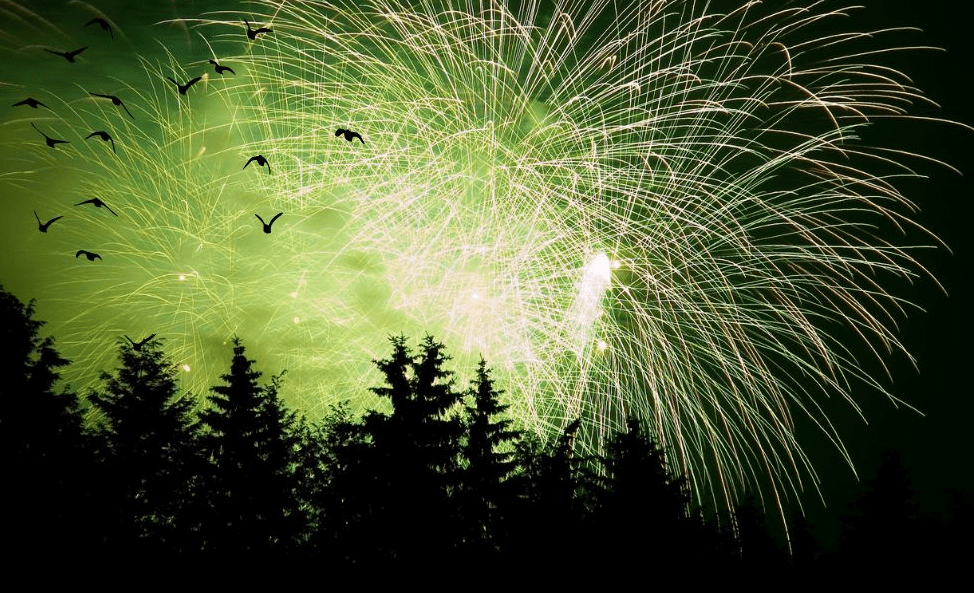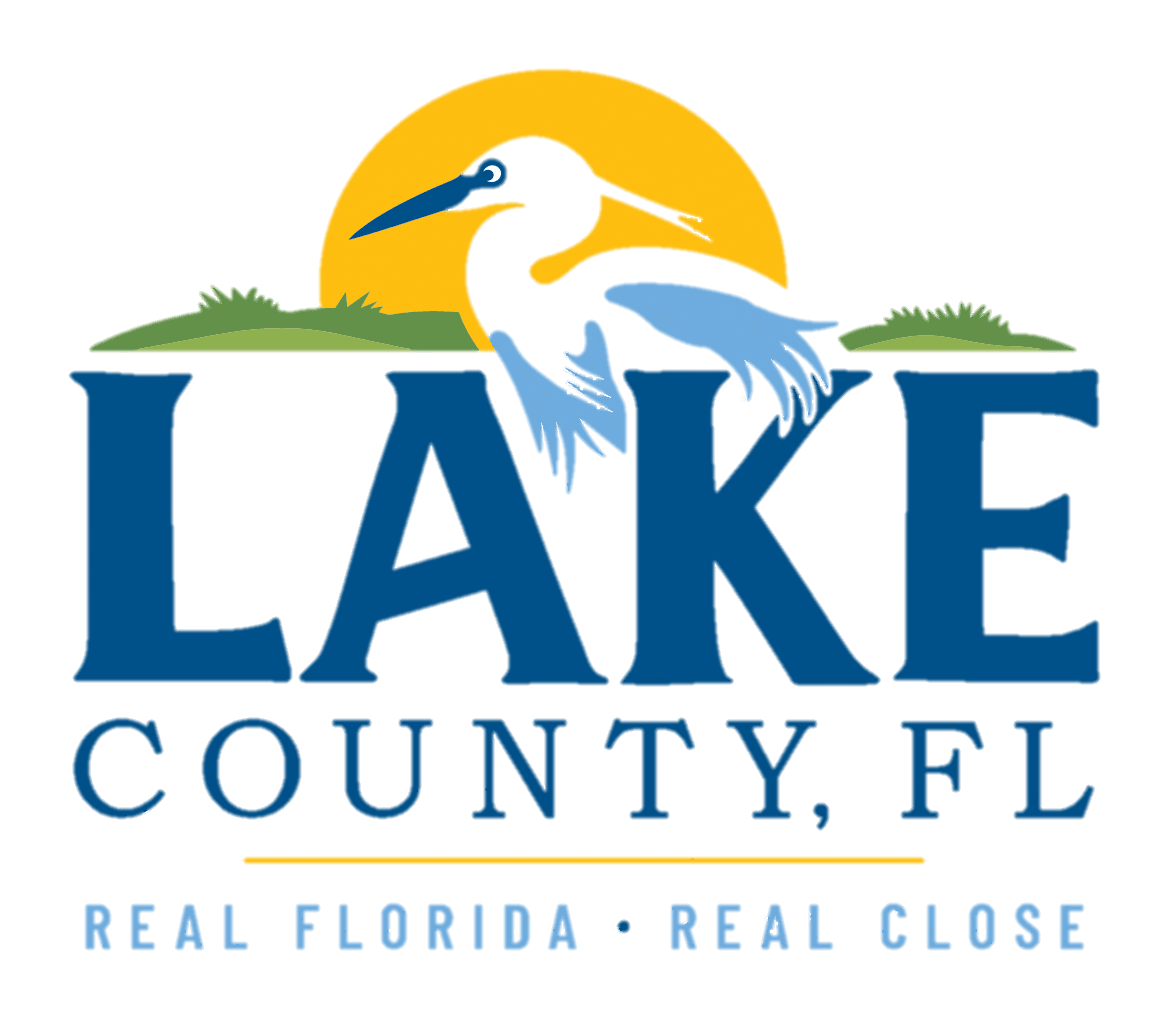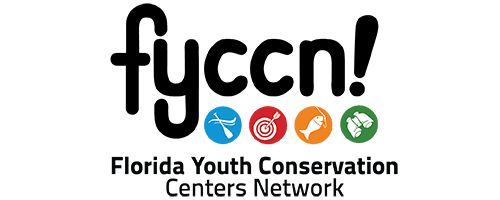
Like many inventions, fireworks were created by accident. Around 200 BC, the Chinese invented firecrackers by tossing bamboo into a fire. It took another 1,000 years for true fireworks to come alive. If you attended a firework show in 800 AD, it would be unlike anything we see today. Paper fireworks were used to scare evil spirits and celebrate weddings and births. They were simply tossed into the fire not blasted into the air. By 1200, China built the first rocket cannons to shoot at their enemies which started blasting off fireworks.
In 1600, fireworks were used to celebrate military victories, religious events, or royal celebrations. Aerial fireworks were run by “fire masters” and their assistants “green men”. Before the show the green men named for the leaves worn to protect themselves from sparks would tell jokes or “warm up” the crowd. Being a green man was a highly dangerous position and many were injured or killed when the fireworks malfunctioned. At this time, fireworks were all orange.
Colored fireworks were not created until the 1830s when Italian inventors added in metals such as strontium or barium. Then modern fireworks were born. Fireworks can create a breathtaking spectacle but they are not without their downsides. Each year, more studies document the impact firework noise, light pollution, fumes and chemicals have on humans and wildlife.
What are the potential effects on wildlife? Just like you and me, wildlife is scared by loud noises that can cause them to panic. Birds might fly into windows or collide with trees, light poles and wires. Squirrels and rabbits may flee in fear. Wildlife dashing to escape may be hit by cars, become disoriented and abandon their babies never to return. Wildlife rehabilitators experience a great increase in orphaned animals after holidays where fireworks are used. Bright lights disorient owls and other nocturnal hunters. Annually the Trout Lake Nature Center finds dead owls, bobcats and other wildlife after holiday fireworks because of noise created panic and loss of sight from bright lights.
Also consider the waste produced by fireworks. Like small children and puppies, wild animals tend to pick up things with their mouths and eat them. Paper, cardboard, strings and plastic are all waste products of fireworks and pose a risk if eaten.
Firework impacts may last well beyond the event, in the form of chemicals used to light them and give them their unique colors which can be toxic to wildlife and pets. Fireworks can introduce micro-plastics into our waterways. Traces of heavy metals including copper, lead, titanium and strontium have been found in fireworks along with harmful toxins such as ozone, sulfur dioxide and nitric oxide make their way into the air and waterways.
Now, we have another option that is safer, quieter and less polluting with the advent of drone light shows. Although light pollution is not reduced, noise is. Quieter fireworks are available to keep the noise down and protect people with PTSD, pets and wildlife.
Be courteous to your neighbors by following these simple tips. Use quieter fireworks, limit the time and length of time you set off fireworks (stopping by at least by 10 PM.) Pick up litter from the fireworks when done or the next morning. Before setting off fireworks check your location where shooting off your fireworks and where they land. Avoid dry fields, neighbors’ roofs and property to prevent fires or damage to private property.
Sources:
Smithsonian Science Education Center, The Evolution of Fireworks
College of Veterinary Medicine, Wildlife Medical Clinic, University of Illinois Urbana-Champaign, Wildlife and Fireworks
North Carolina Wildlife Federation, Fireworks Fallout: The Unseen Toll of Fireworks on Wildlife










